10 Movie Endings Completely Rewritten After Test Audiences Hated Them
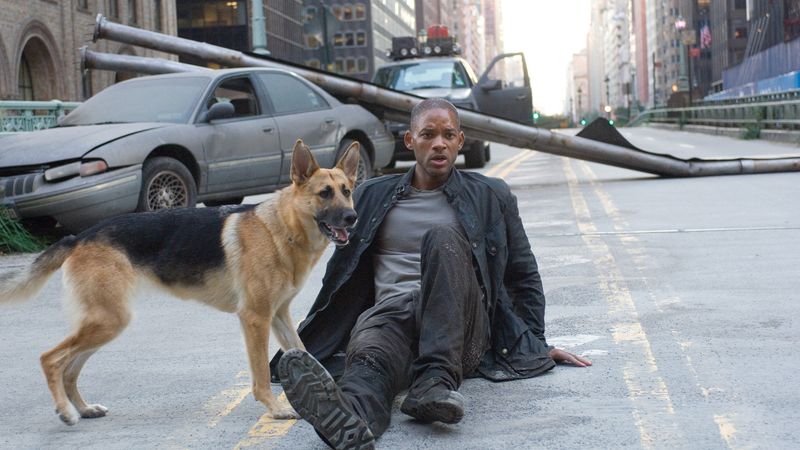
Hollywood studios spend millions making movies, but sometimes the ending just doesn’t work. Test audiences watch early versions and share their honest opinions, which can completely change a film’s fate. When viewers walked out disappointed or confused, filmmakers went back to the drawing board and created entirely new conclusions. Here are 10 famous movies that got dramatic makeovers before hitting theaters.
1. First Blood (1982)
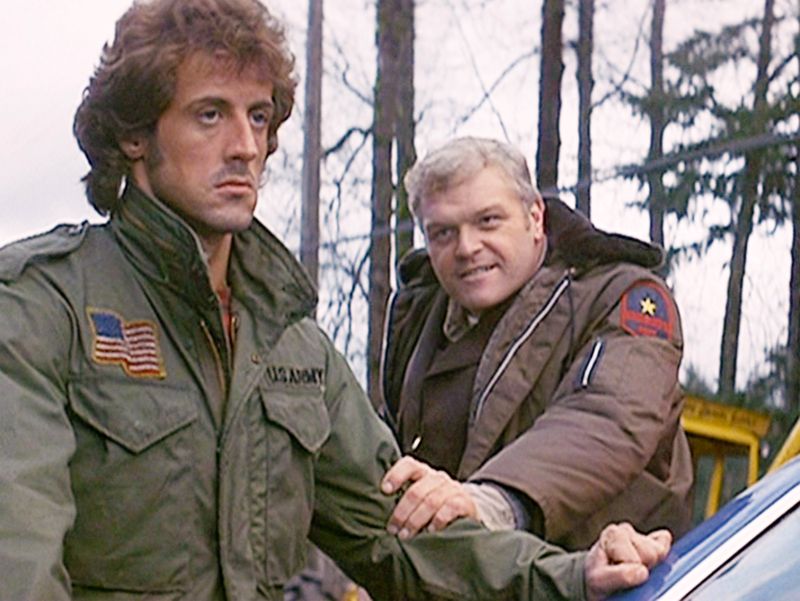
Sylvester Stallone’s iconic character almost met a tragic end that would have changed action cinema forever. The original script had Rambo taking his own life in Colonel Trautman’s arms, emphasizing the devastating psychological toll of war.
Audiences watching early screenings absolutely hated seeing their hero die this way. Studio executives quickly realized they needed a different approach. They brought everyone back for reshoots that allowed Rambo to survive and surrender to authorities instead.
This change not only saved the character but launched one of the most successful action franchises in movie history, proving sometimes audiences know exactly what they want from their heroes.
2. Fatal Attraction (1987)
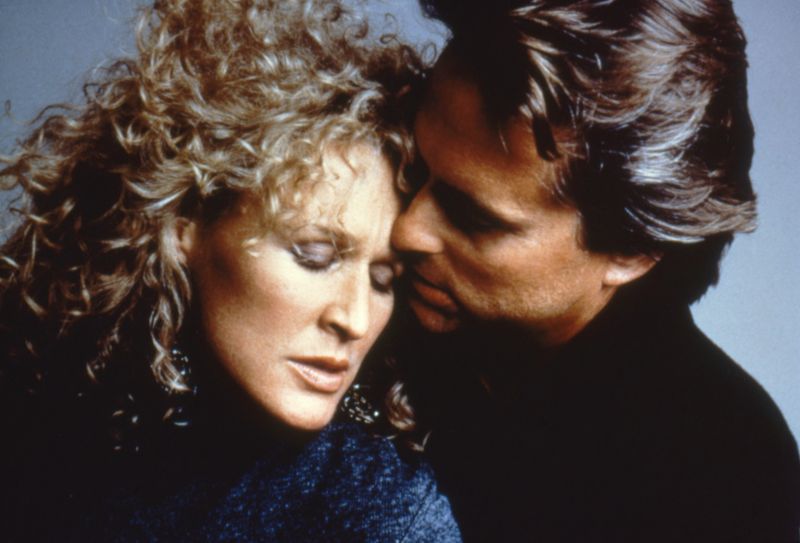
Glenn Close’s unforgettable performance as Alex nearly concluded with a much different fate. Originally, her character would commit suicide in a bathtub while listening to an opera, then frame Michael Douglas’s character Dan for murder.
Test screenings revealed audiences wanted something more direct and satisfying. Filmmakers spent additional money creating an entirely new climax. The revised ending features a violent bathroom confrontation where Dan’s wife shoots Alex, giving viewers the cathartic resolution they craved.
This change cost over one million dollars but transformed the film into a massive box office success that defined the erotic thriller genre for years to come.
3. Little Shop of Horrors (1986)
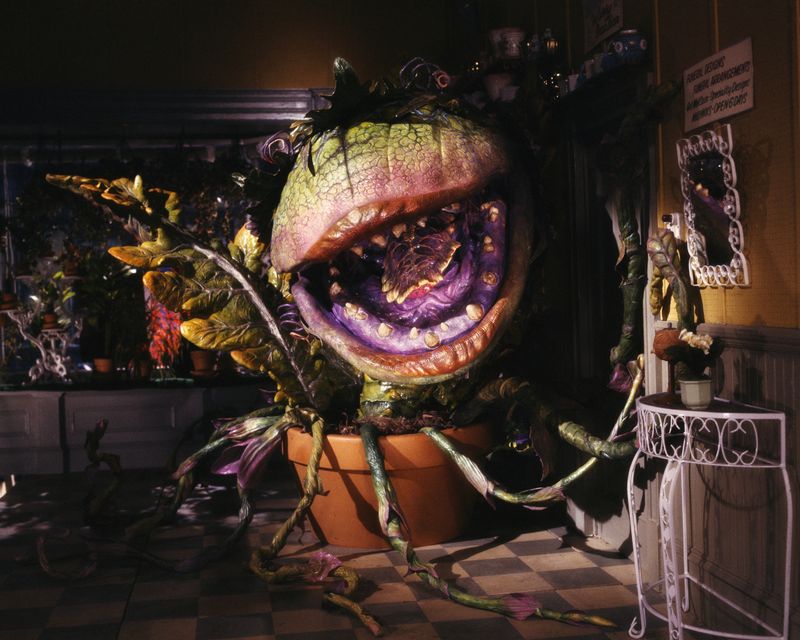
Director Frank Oz created an elaborate twenty-three-minute sequence showing the man-eating plant conquering Earth. Massive puppets destroyed New York City while devouring everyone in sight, staying faithful to the original stage musical’s dark conclusion.
Preview audiences found this ending way too depressing for what had been a fun, quirky musical comedy. The negative reaction forced expensive reshoots with a happier resolution.
Seymour and Audrey survive, get married, and the carnivorous plant gets destroyed instead of taking over the world. Though Oz preferred his original vision, the lighter ending helped the film find its family-friendly audience and become a beloved cult classic.
4. Pretty in Pink (1986)
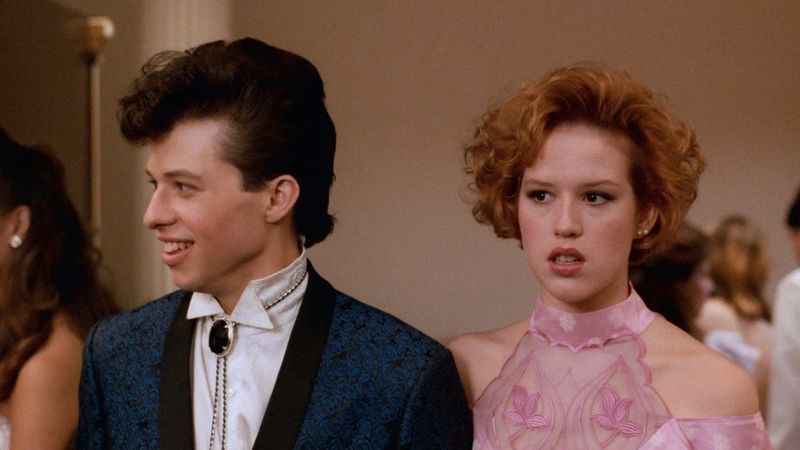
John Hughes wrote Andie ending up with her loyal best friend Duckie, which seemed like the logical conclusion. When test audiences watched this version, they overwhelmingly rejected it and wanted her with the wealthy Blaine instead.
Their reaction caught Hughes completely off guard since Duckie had been so supportive throughout the story. Hughes quickly rewrote scenes and brought actors back for additional filming.
The new prom sequence has Blaine arriving to win Andie back while Duckie encourages her to follow her heart. This romantic ending satisfied fans who believed in their relationship despite class differences, making the film a defining teen movie of the 1980s.
5. National Lampoon’s Vacation (1983)
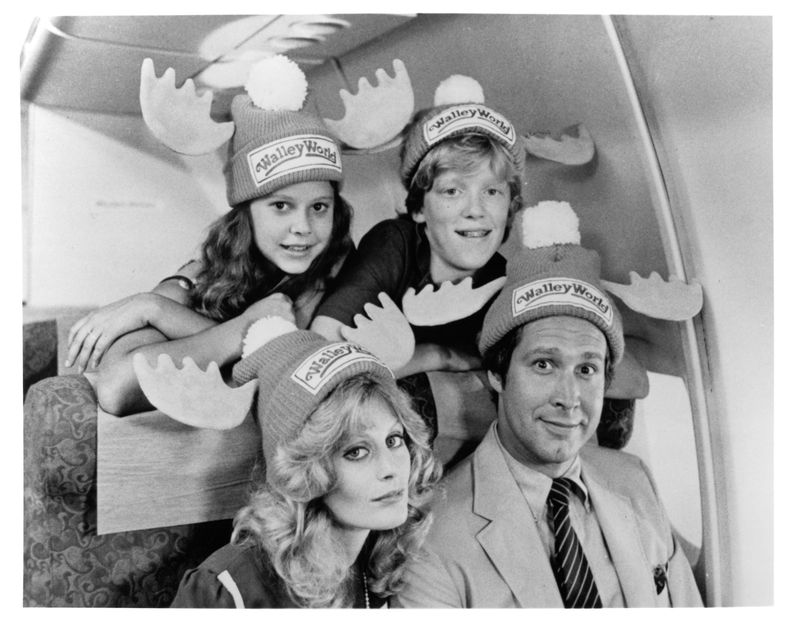
Clark Griswold’s cross-country journey initially ended with the family tracking down park owner Roy Walley at his home. Test audiences sat quietly through this conclusion, barely laughing at what should have been the movie’s biggest payoff moment.
Director Harold Ramis knew something had to change fast to save the comedy. The reshoot created one of comedy’s most memorable finales. Clark holds a security guard at gunpoint with a BB gun and forces Walley World to open just for his family, leading to ridiculous hijinks on the rides.
This absurd escalation perfectly captured Clark’s desperate determination and gave audiences the outrageous ending they expected from a Griswold family adventure.
6. Cujo (1983)
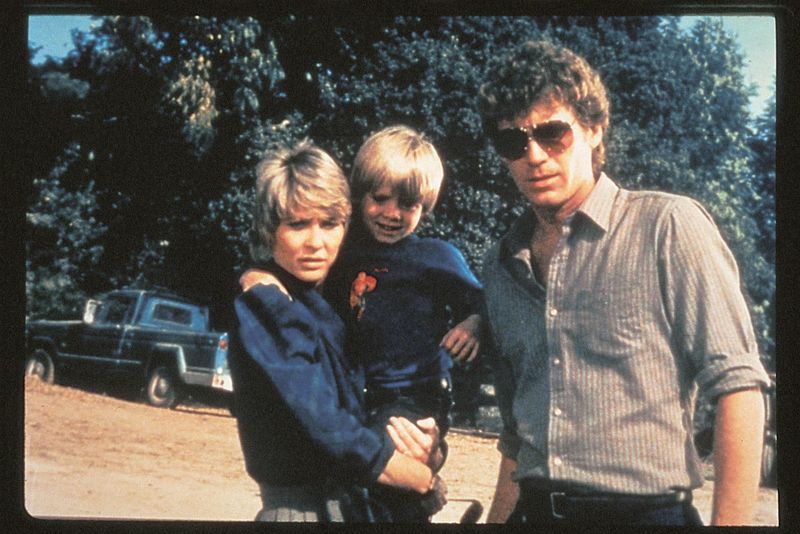
Stephen King’s terrifying novel ends with young Tad Trenton dying from dehydration and heat exposure despite his mother’s desperate efforts. Director Lewis Teague filmed this heartbreaking conclusion faithfully, but preview audiences were devastated and angry.
Parents especially couldn’t handle watching a child’s death after such intense suffering. Producers decided commercial success required a less traumatic ending. They reshot scenes allowing Tad to survive, with his mother successfully reviving him after the rabid dog’s defeat.
While King purists criticized this softening of his story’s harsh realism, the change made the film more palatable for mainstream horror fans who wanted hope instead of complete tragedy.
7. Blade Runner (1982)
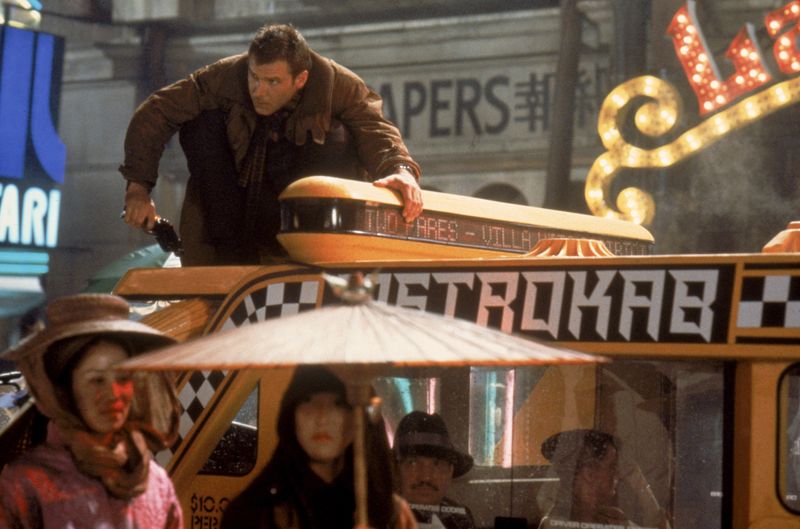
Ridley Scott crafted an ambiguous, thought-provoking conclusion that left viewers questioning everything about Deckard’s identity. Studio executives panicked when test audiences expressed confusion about the plot and characters’ fates.
They demanded changes to make the science fiction noir more accessible to general moviegoers expecting clearer answers. The theatrical release added Harrison Ford’s voice-over narration explaining events and included unused footage showing Deckard and Rachael driving through beautiful landscapes toward an uncertain but hopeful future.
Scott always hated these studio-mandated changes. Decades later, his Director’s Cut restored the original mysterious ending, which fans now consider the definitive version of this groundbreaking film.
8. The Thing (1982)
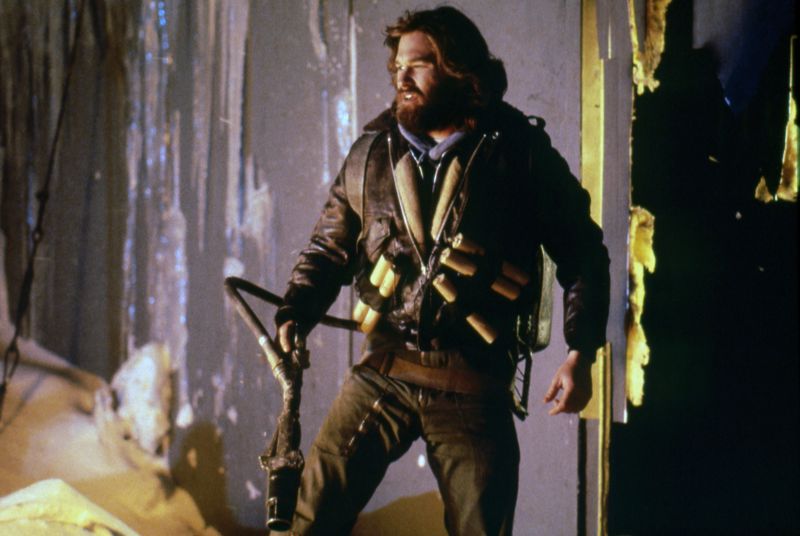
John Carpenter’s chilling finale left MacReady and Childs sitting in the freezing darkness, uncertain if either might be the alien creature. Studio heads worried this ambiguity would frustrate audiences who wanted definitive answers about who survived the shape-shifting monster.
They pushed hard for a clearer, more resolved conclusion. Carpenter refused to compromise his artistic vision despite studio pressure. He made only minor tonal adjustments while keeping the uncertain ending intact, trusting that horror fans would appreciate the lingering dread.
Time proved him right as the film became a cult masterpiece, with fans still debating that final scene’s meaning forty years later, showing ambiguity can sometimes be more powerful than closure.
9. I Am Legend (2007)
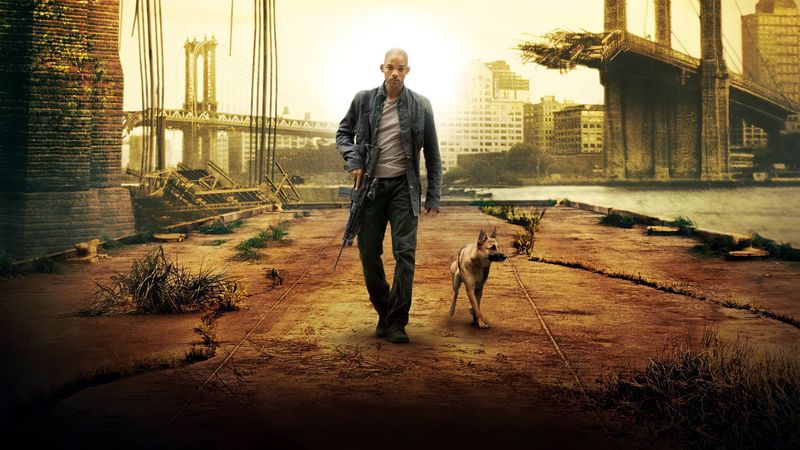
Richard Matheson’s novel features a profound twist where the protagonist realizes he’s become the monster in the eyes of evolved infected beings. Director Francis Lawrence filmed this philosophical ending where Neville discovers the creatures possess intelligence and emotions, fundamentally changing his understanding.
Test audiences rejected this complexity as too dark and unsatisfying. Warner Brothers commissioned a completely different finale. The theatrical version has Neville sacrificing himself heroically with a grenade, allowing survivors to escape with a potential cure.
This crowd-pleasing ending removed all moral ambiguity, though an alternate version closer to the original concept later appeared on home video for viewers seeking deeper meaning.
10. The Butterfly Effect (2004)
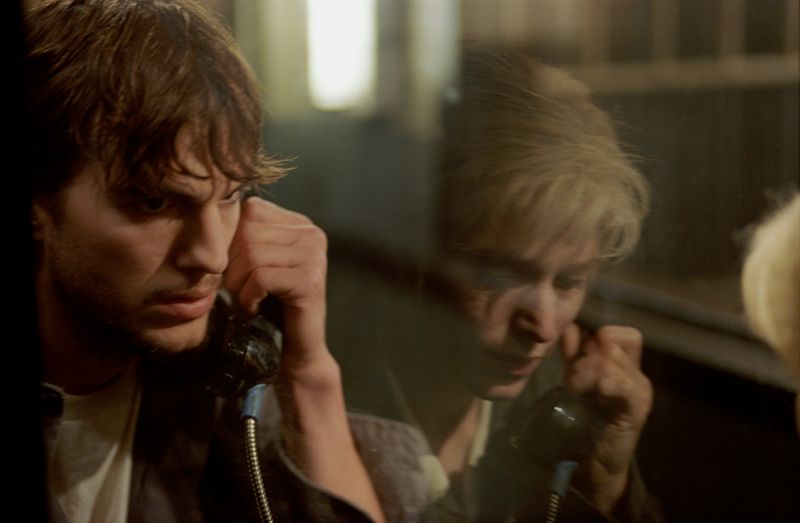
Director Eric Bress created a devastatingly dark conclusion where Evan travels back to his own birth. Realizing his existence causes everyone pain, he strangles himself with his umbilical cord in the womb, preventing all future suffering.
This bleak director’s cut ending horrified test screening audiences who found it unbearably depressing. Studio executives demanded something less disturbing for theatrical release. The revised ending shows adult Evan deliberately avoiding his childhood soulmate Kayleigh at a crucial moment, breaking their connection and allowing both to live happier separate lives.
While still bittersweet, this version gave audiences emotional closure without the existential horror of the original concept, making the thriller more commercially viable.

Comments
Loading…